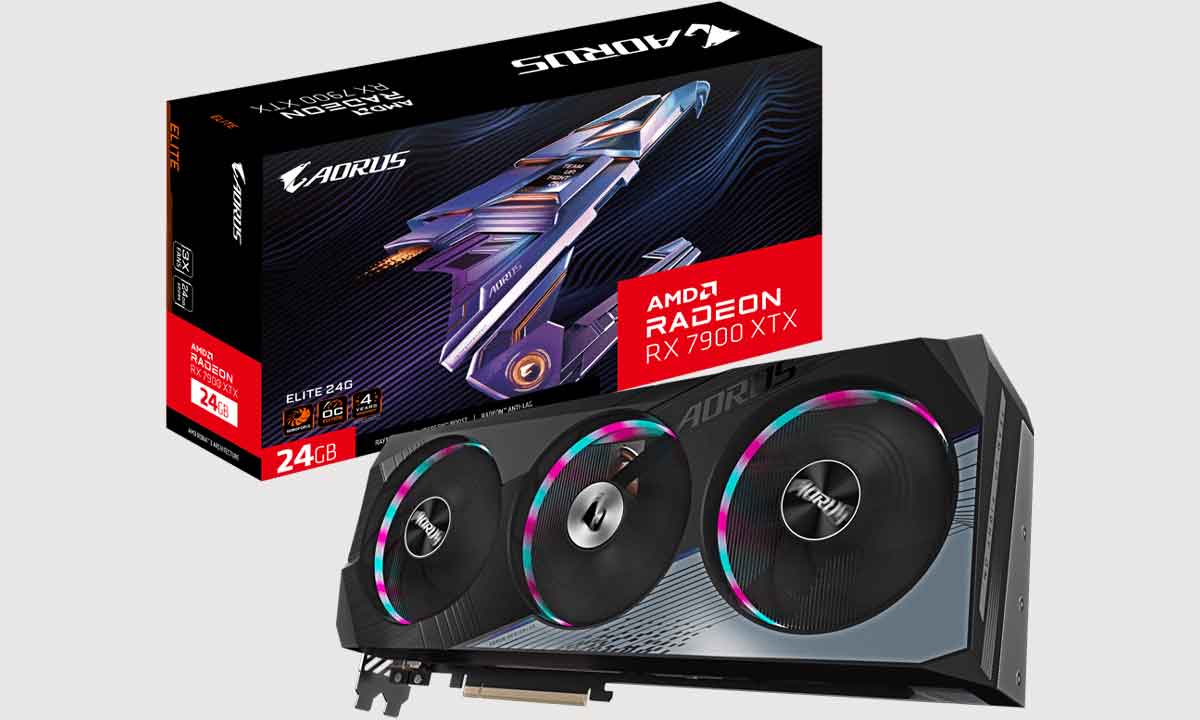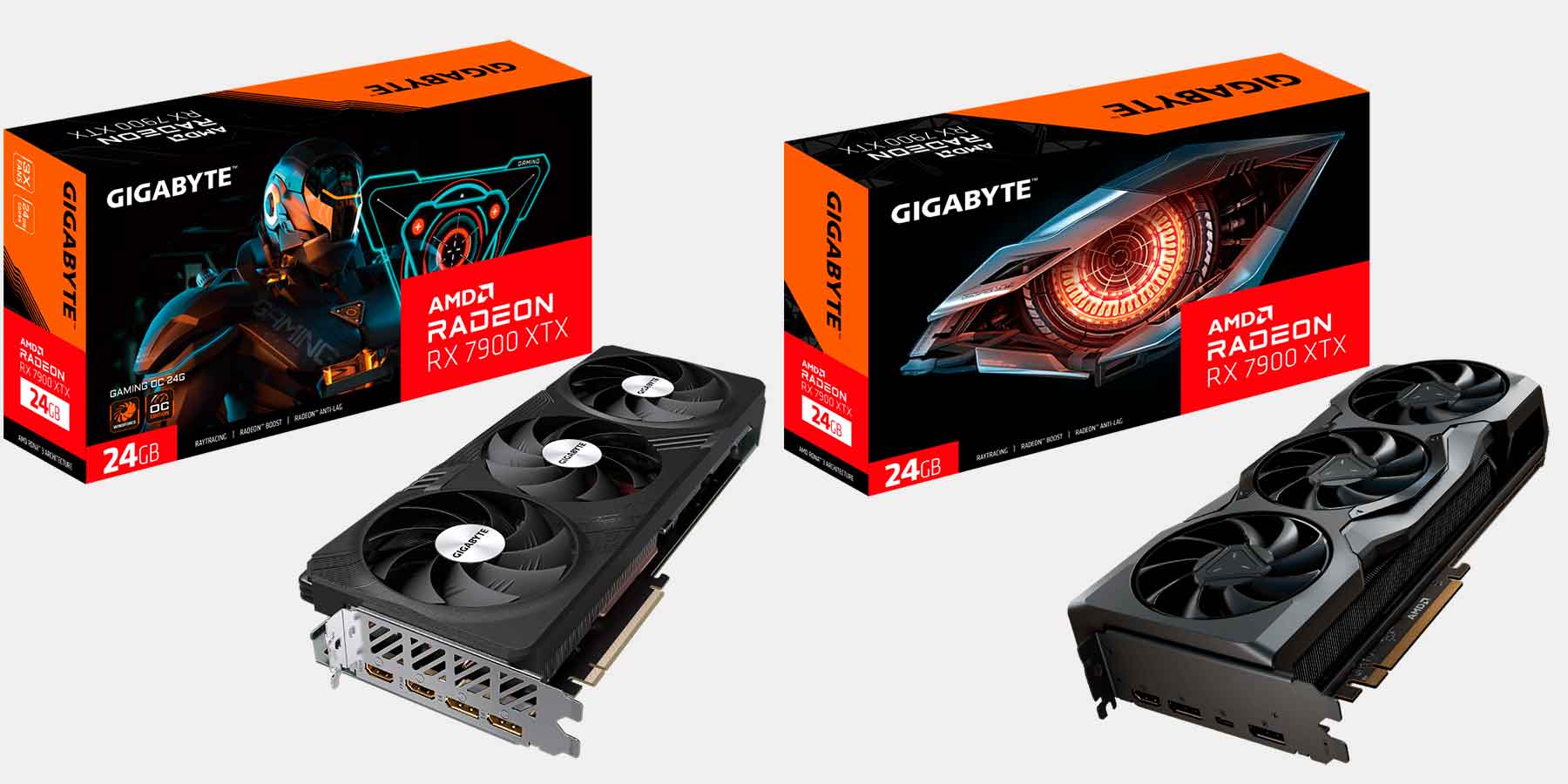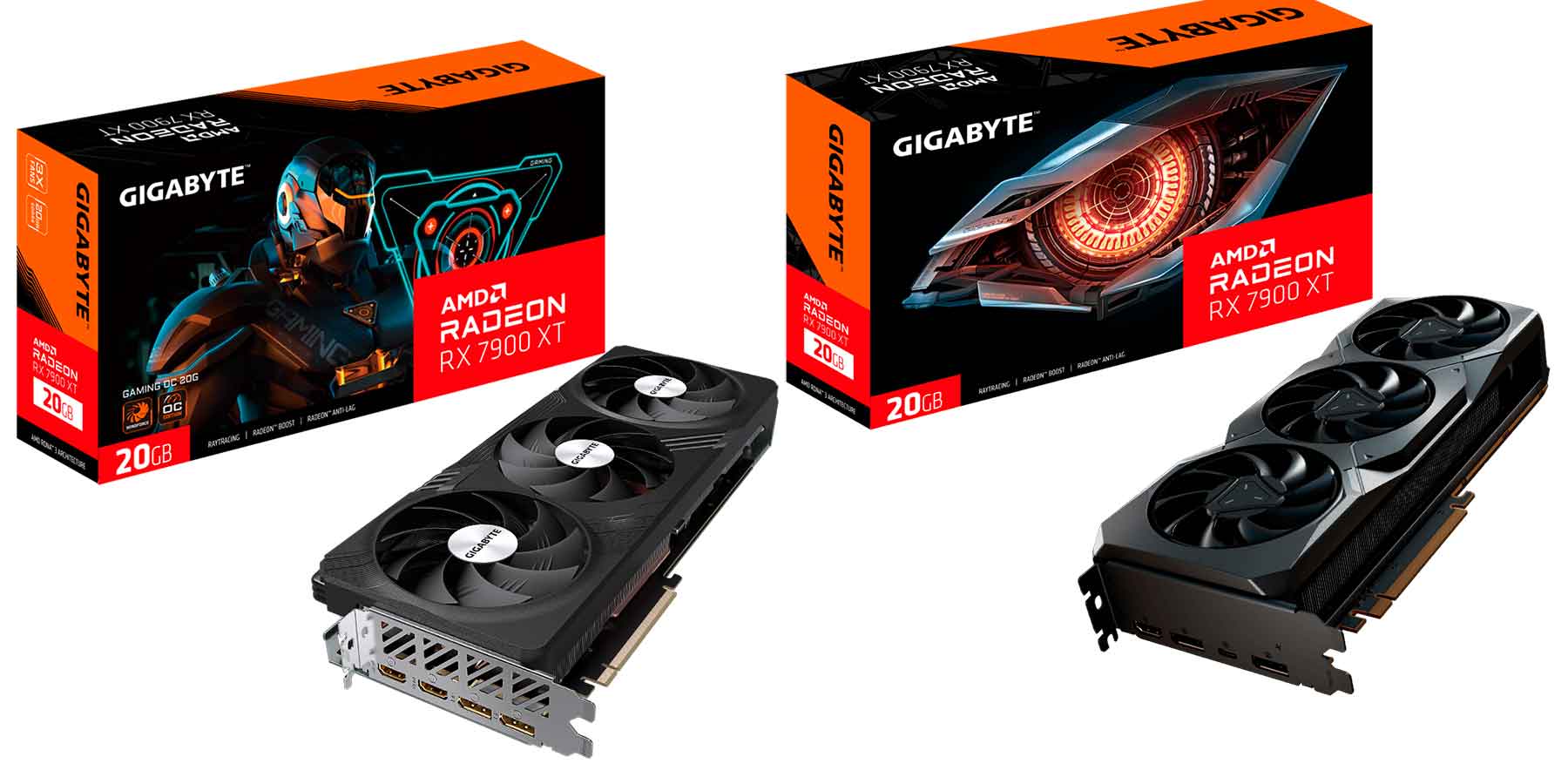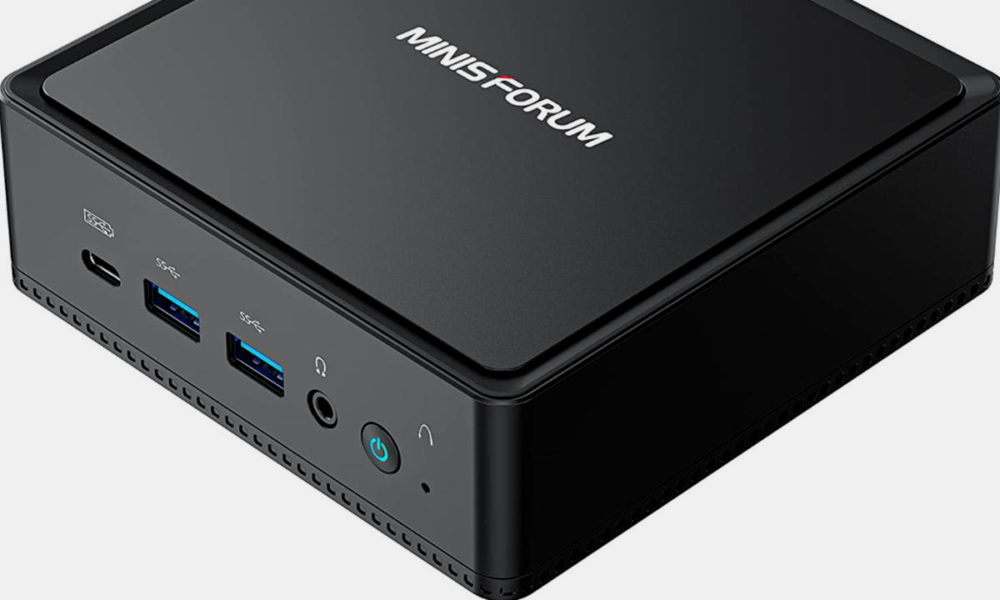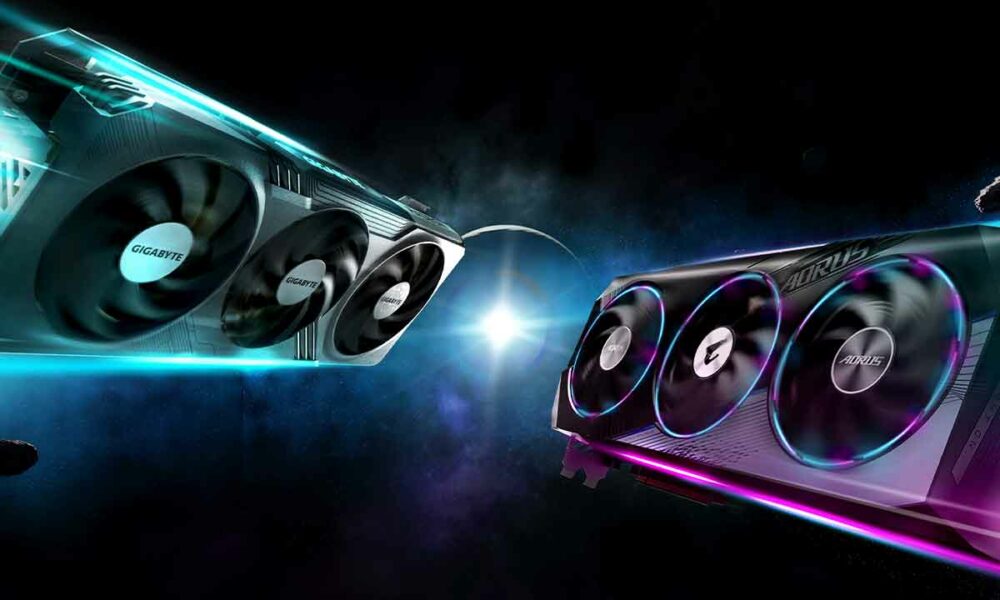
A few weeks have passed since AMD presented its Radeon RX 7900 XT and Radeon RX 7900 XTX and, since then, we have been waiting for proposals from manufacturers like GIGABYTE. And it is that we already know that this new generation of Radeon marks the debut of the long-awaited RDNA3 architecture, which uses a monolithic design in terms of the GPU core, but uses a chiplet design in terms of the cache, which is It distributes the Infinite Cache (which is what AMD calls the level 3 cache) among six chipsets, but the key is to see what manufacturers are able to do by adding their own technologies to those of AMD’s reference design.
And finally we know the wide and varied proposal of GIGABYTE, made up of several models that have been announced today and that will hit the market as soon as next Tuesday, December 13. The models are the following:
- AORUS Radeon RX 7900 XTX ELITE 24G
- Radeon RX 7900 XTX GAMING OC 24G
- Radeon RX 7900 XTX 24G
- Radeon RX 7900 XT GAMING OC 20G
- Radeon RX 7900 XT 20G
There are five, no less, the proposals built by GIGABYTE around the current top of the range of AMD graphics, with different options in terms of support for them to be able to overclock.
Presiding over the list we find the GIGABYTE AORUS Radeon RX 7900 XTX ELITE 24Gequipped with 24 gigabytes of GDDR6 memory, stands out for mounting the brand’s own WINDFORCE cooling system, made up of three unique blade fans with alternate rotation, a large vapor chamber that connects directly to the GPU, heat pipes of Composite copper and 3D active fans and screen cooling, a set of systems that allow OC to be carried out in a safe and reliable way.
Thus, compared to the maximum GPU reference frequencies given by AMD, which are 2,500 and 2,300 megahertz for normal and turbo modes respectively, this AORUS Radeon RX 7900 XTX ELITE 24G scales them up to 2,680 and 2,510 megahertz respectively. In addition, to offer greater control and security against configuration settings, it also has dual BIOS, which allows you to keep a base configuration and quickly switch to others in which to perform performance tests.
Additionally, this top of the range from GIGABYTE does not disappoint in the visual field either, since it adds an improved version of RGB Halo, its triple ring LED lighting technology that takes advantage of the moving elements of the card, the fans, to generate visual effects of the most attractive. To control them, we can use the GIGABYTE CONTROL CENTER application.
Next we find the Radeon RX 7900 XTX GAMING OC 24G and Radeon RX 7900 XTX 24G which, as you have surely already deduced, differ mainly by the overclocking support of the first, with maximum frequencies of 2,525 and 2,330 megahertz (normal and turbo) compared to the 2,500 and 2,300 of the second. We will also find in the first the WINDFORCE cooling system that is complemented by an improved metal back plate, a custom anti-wear support and certified components for high resistance and durability, which will also result in performance.
For its part, we found something similar in the Radeon RX 7900 XT GAMING OC 20G and Radeon RX 7900 XT 20G, which also share the GPU and a large part of the specifications, but again with a jump in working frequencies, with the OC model reaching 2,535 and 2,175 megahertz in turbo and normal modes, compared to the 2,400 and 2,000 offered by both the GPU and the GIGABYTE base model. And, surely you have imagined it, in this case the difference is also marked by the use of the brand’s WINDFORCE technology, which ensures performance without compromising the security and stability of the system.
Let us recall, below, the specifications of both AMD GPUs:
| Radeon RX 7900 XTX | Radeon RX 7900XT |
| Navi 31 graphics core with MCD (Multi-chiplet Die) design in 5nm node for the GPU block and 6nm for the cache block. | Navi 31 graphics core with MCD (Multi-chiplet Die) design in 5nm node for the GPU block and 6nm for the cache block. |
| 6,144 shaders. | 5,376 shaders. |
| 384 texturing units. | 336 texturing units. |
| 192 raster units. | 192 raster units. |
| 2.3GHz-2.5GHz GPU, normal and turbo mode. | 2GHz-2.4GHz GPU, normal and turbo mode. |
| 61 TFLOPs of power in FP32. | 52 TFLOPs of power in FP32. |
| 96 computing units. | 84 computing units. |
| 96 units for second generation ray tracing acceleration. | 84 units for second generation ray tracing acceleration. |
| 192 units for artificial intelligence acceleration. | 168 units for artificial intelligence acceleration. |
| 384-bit bus. | 320-bit bus. |
| 24 GB of 20 GHz GDDR6 memory with a bandwidth of 960 GB/s. | 20 GB of 20 GHz GDDR6 memory with 800 GB/s bandwidth. |
| 96 MB of infinite cache with a bandwidth of 5.3 TB/s. | 80 MB of infinite cache. |
| PCIe Gen4 x16 interface. | PCIe Gen4 x16 interface. |
| 355-watt TBP requires two 8-pin power connectors. | 300-watt TBP requires two 8-pin power connectors. |
